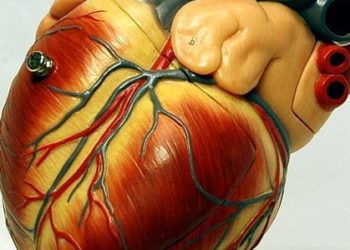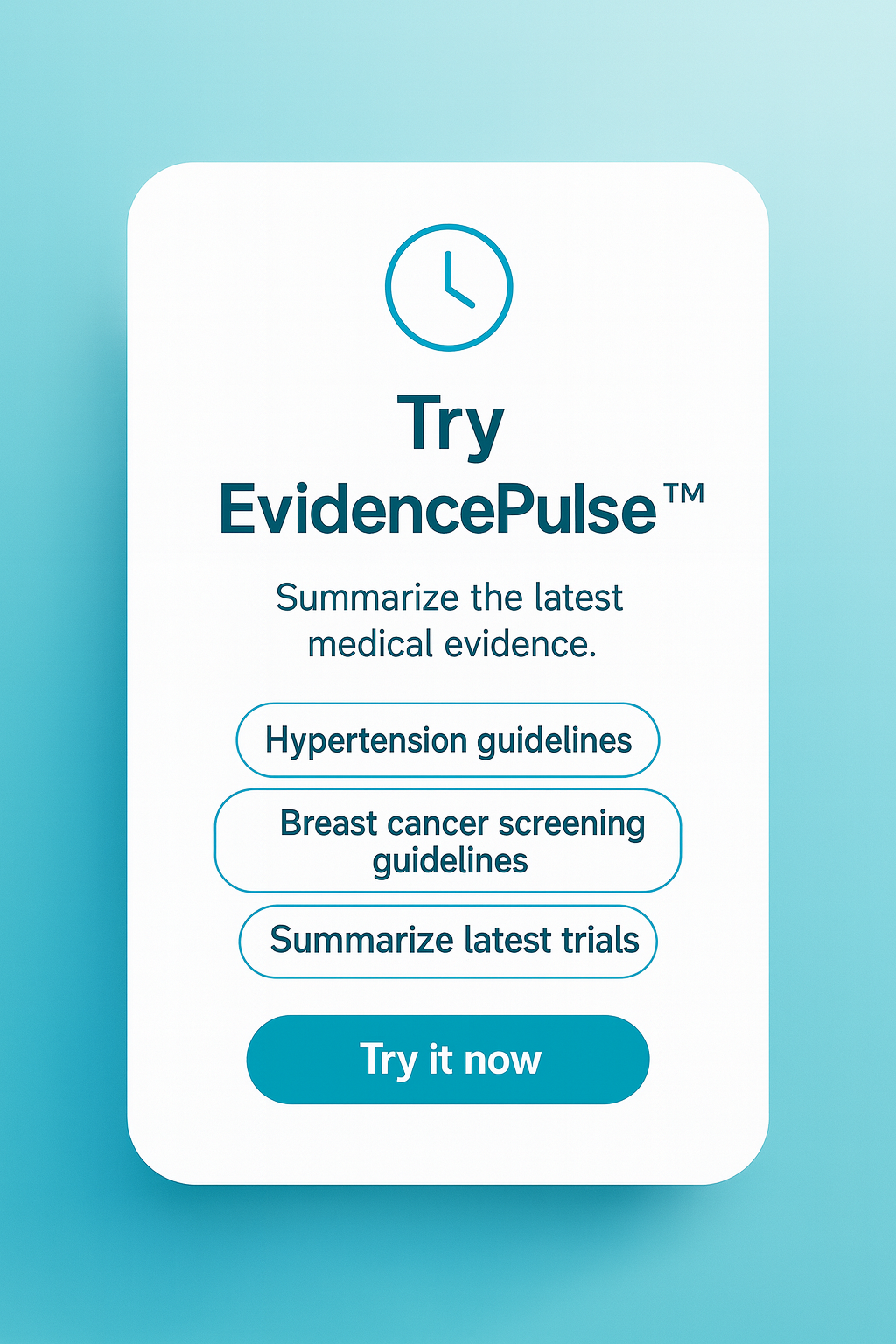Pomalidomide effective in reducing epistaxis in hereditary hemorrhagic telangiectasia
1. Among patients with hereditary hemorrhagic telangiectasia (HHT), pomalidomide significantly reduced the severity of epistaxis and improved quality of life.
2. Pomalidomide was associated with neutropenia, constipation, and rash.
Evidence Rating Level: 1 (Excellent)
Study Rundown: HHT is a common inheritable bleeding disorder characterized by fragile telangiectasias and arteriovenous malformations (AVMs) prone to bleeding and complications. Many patients have recurrent epistaxis, which can significantly impact their quality of life. No current therapies exist for HHT, but early evidence suggests thalidomide might be effective. Due to its toxic effects, such as thromboembolism and neuropathy, its derivative, pomalidomide, is being considered for investigation. This trial assessed pomalidomide in treating HHT, specifically epistaxis and disease-related quality of life. At 24 weeks, pomalidomide at 4mg resulted in a significant reduction in epistaxis severity compared to placebo. Furthermore, the HHT-specific quality-of-life score was significantly lower in those receiving pomalidomide, indicating fewer limitations. Pomalidomide recipients required fewer iron infusions and blood transfusions. Pomalidomide was associated with neutropenia, constipation, and rash, and intervention needed to be stopped or modified in over half of the patients. Despite being limited by a high pomalidomide dose resulting in more adverse events, these findings suggested that pomalidomide could be an effective treatment for HHT, prompting further investigation into its mechanism of action and therapeutic use.
Click here to read the study in NEJM
In-Depth [randomized controlled trial]: This study was a randomized, placebo-controlled trial to assess the efficacy and safety of pomalidomide in the treatment of HHT. Adult patients with a definite diagnosis of HHT, according to the Curacao criteria, who had an Epistaxis Severity Score (ESS) of ≥3 out of 10 and had anemia or had required iron infusions or red-blood-cell (RBC) transfusion in the prior six months were eligible for inclusion. Exclusion criteria included renal or hepatic insufficiency, recent treatment with imid drugs or bevacizumab, hypersensitivity to imid drugs, thromboembolism, peripheral neuropathy, and hypoproliferative anemia. In total, 144 patients were randomized 2:1 to receive either pomalidomide at 4mg daily or placebo. The primary outcome was the change from baseline in ESS at 24 weeks. The mean (±SD) ESS at baseline was 5.0±1.5, indicating moderate-to-severe epistaxis. By week 24, the mean difference between the pomalidomide and placebo groups in change from baseline in the ESS was -0.94 points (95% confidence interval [CI] -1.57 to -0.31, p=0.004). Similarly, the mean difference in the change in the HHT-specific quality-of-life score between the groups was -1.4 points (95% CI -2.6 to -0.3). RBC transfusion was conducted in 9% of patients in the pomalidomide group and 18% of the placebo group. In contrast, the median amount of iron transfusion was 0mg per 4-week period (interquartile range [IQR] 0-340) in the pomalidomide group and 333mg in the placebo group (IQR 0-500). The drug dose was reduced in 37% of patients in the pomalidomide group and 4% in the placebo group. Furthermore, the trial regimen was stopped in 16% and interrupted in 40% of patients in the pomalidomide group, compared to 2% and 14% of patients in the placebo group. Pomalidomide was associated with neutropenia (44% vs. 10% in placebo, P<0.001), constipation (47% vs. 18%), and rash (35% vs. 10%). In summary, these findings suggest that pomalidomide was effective in reducing epistaxis severity and improving quality of life in patients with HHT.
Image: PD
©2024 2 Minute Medicine, Inc. All rights reserved. No works may be reproduced without expressed written consent from 2 Minute Medicine, Inc. Inquire about licensing here. No article should be construed as medical advice and is not intended as such by the authors or by 2 Minute Medicine, Inc.









